Where Are Pulse Points for Aromatherapy
Have you ever wondered how essential oils can be used for aromatherapy on pulse points?
We explore the basics of aromatherapy, essential oils, and pulse points. Find out how essential oils work on pulse points and where the main pulse points are located in the body.
Learn about different methods of applying essential oils, including direct application, inhalation, diffusion, massage, compress, and bath.
Join us on this journey to enhance your well-being through the power of aromatherapy.
Key Takeaways:
What Is Aromatherapy?
Aromatherapy is a holistic healing treatment that uses natural plant extracts to promote health and well-being. It aims to improve physical, emotional, and mental health through the use of essential oils and fragrances derived from plants.
Historically, aromatherapy dates back thousands of years to ancient civilizations such as Egypt, Greece, and China. Essential oils were first used for their medicinal properties and spiritual significance. The principles of aromatherapy are based on the idea that inhaling the aroma of these oils can stimulate areas of the brain that are responsible for emotions and memories.
The benefits of aromatherapy are varied, ranging from stress relief and relaxation to improved sleep and mood enhancement. When incorporated into daily routines, aromatherapy can positively impact overall wellness by promoting a sense of balance and well-being.
What Are Essential Oils?
Essential oils are concentrated plant extracts that capture the scent and flavor of the plant. They are extracted through methods like distillation or cold pressing and contain the essence of the plant’s fragrance and properties.
Various types of essential oils are available, each with its own unique characteristics and benefits. For example, lavender oil is popular for its calming and relaxing properties, while peppermint oil is commonly used to invigorate and refresh. The extraction process involves carefully selecting the plant material, then using steam distillation or solvent extraction to obtain the pure oil. These oils are widely used in aromatherapy to promote physical healing, reduce stress and anxiety, improve sleep quality, and even boost immunity. It’s fascinating how a few drops of these oils can have such a profound impact on both the body and mind.
What Are Pulse Points?
Pulse points are specific areas on the body where you can feel your pulse due to arteries lying close to the skin’s surface. These points are commonly used in aromatherapy for the application of essential oils to enhance relaxation and well-being.
Targeting these pulse points is crucial as they offer a direct pathway for the essential oils to enter the bloodstream and reach different parts of the body efficiently. When essential oils are applied to these points, their absorption rate increases significantly, allowing for quicker and more effective results. The warmth and constant movement of the blood make these areas perfect for facilitating the transfer of the oils’ aromatic molecules, which then interact with the body’s natural chemistry.
How Do Essential Oils Work on Pulse Points?
Essential oils work on pulse points by being absorbed through the skin into the bloodstream, where their therapeutic properties can influence the body and mind. When applied to pulse points, the oils interact with arterial blood flow, carrying their benefits to various organs and tissues.
Once the essential oils reach the bloodstream through the skin, they travel across the body’s circulatory system, reaching the heart and then being pumped to every part of the body. This widespread distribution enables the oils to have a holistic impact on the body’s systems.
Emotionally, essential oils can trigger the limbic system in the brain, responsible for emotions and memories. The chosen oils can evoke feelings of relaxation, joy, or even alertness, depending on their properties.
- Physically, different oils can target specific concerns such as headaches, digestive issues, or even respiratory problems, providing relief when applied to pulse points.
- It is fascinating how a simple application of essential oils can initiate a cascade of reactions within the body, promoting both physical and emotional well-being.
Where Are the Main Pulse Points in the Body?
The main pulse points in the body are located at areas where arteries are closest to the skin’s surface. These points include the temples, wrists, neck, chest, abdomen, inner elbow, behind the knees, and ankles, where pulse can be readily felt and essential oils can be effectively applied.
Each of these pulse points plays a crucial role in the practice of aromatherapy, as they are connected to different systems within the body. For example, the temples are linked to stress relief and mental clarity, while applying oils to the wrists can promote overall well-being. The neck pulse point is closely tied to relaxation and can help alleviate tension.
The chest area is associated with emotional balance, making it an ideal spot for calming essential oils. The abdomen point aids in digestion and can benefit from oils that support gastrointestinal health.
Temples
The temples are pulse points located on either side of the forehead above the eyes. Applying essential oils to the temples can help promote relaxation and relieve headaches by influencing the blood flow through the carotid arteries.
Specific essential oils like lavender, peppermint, and eucalyptus are known for their calming properties when applied to the temples.
- Lavender, with its soothing aroma, can reduce stress and anxiety levels, promoting a sense of calm.
- Peppermint has a cooling effect that can help alleviate tension headaches and improve mental clarity.
- Eucalyptus oil can clear the sinuses and enhance circulation, aiding in headache relief.
When these oils are massaged onto the temples, they not only stimulate relaxation but also improve blood flow, which can ease the discomfort of headaches. The aromatic benefits of these oils further enhance the calming effect, making the experience soothing and revitalizing.
Wrist
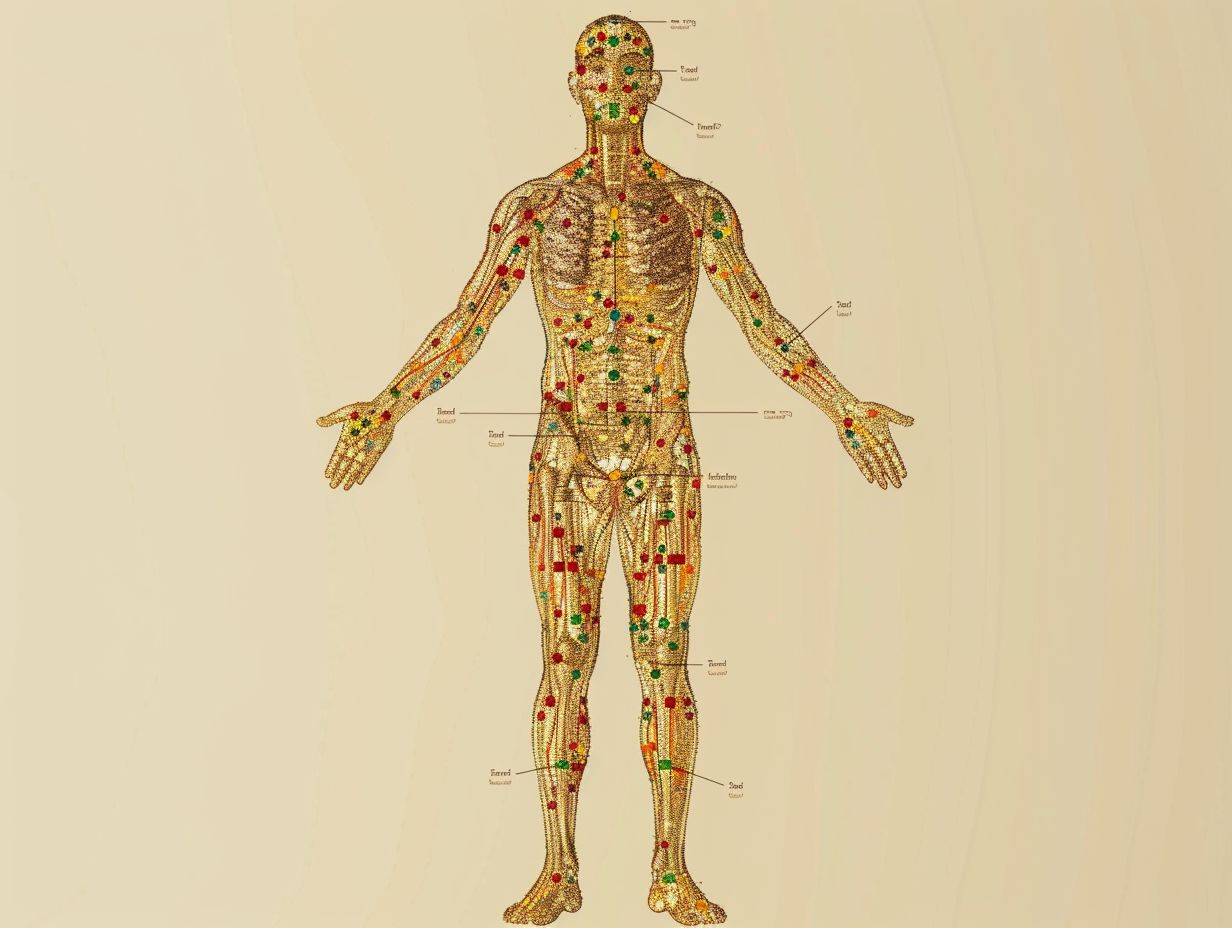
When essential oils are applied to the wrists, they are quickly absorbed into the bloodstream through the radial arteries, where the oils’ therapeutic properties can travel throughout the body. This method of application is favored in aromatherapy for its efficiency and effectiveness in delivering the benefits of the oils.
- Lavender oil is often recommended for wrist application due to its calming properties, making it ideal for reducing anxiety and stress levels.
- Peppermint oil, when applied to the wrists, can help improve focus and alleviate headaches, providing a refreshing sensation.
- Citrus oils like lemon or orange are uplifting when applied to the wrists, promoting a positive mood and energy.
By targeting the pulse points on the wrists, aromatherapy enthusiasts can experience both emotional and physical benefits, enhancing their well-being and overall health.
Neck
The neck houses vital pulse points that can benefit from the application of essential oils. The area behind the ears and along the sides of the neck are particularly sensitive to scents, making them ideal for enhancing relaxation and promoting a soothing environment.
When essential oils are applied to these pulse points, they can be absorbed quickly into the bloodstream, facilitating their beneficial properties. The act of gently massaging the oils into these areas not only aids absorption but also encourages relaxation by stimulating the nerves and increasing blood flow. It’s important to dilute essential oils with a carrier oil before applying them to the neck to prevent skin irritation.
- Lavender oil is a popular choice for its calming effects.
- Peppermint oil, with its invigorating scent, can help combat stress and tension.
Experimenting with different oil blends and finding what works best for your individual needs is key to harnessing the full potential of these effective natural remedies.”
Chest
The chest area contains pulse points that can benefit from the application of essential oils for respiratory and emotional support. Applying oils to the chest can promote deeper breathing, relaxation, and a sense of well-being.
When essential oils are applied to the chest pulse points, their aromatic molecules are easily absorbed, allowing for a direct impact on the respiratory system. Certain oils like Eucalyptus and Peppermint have decongestant properties that help clear airways and ease breathing. The soothing scents of Lavender and Chamomile can calm the mind and reduce feelings of stress or anxiety. Choosing the right essential oil blend is crucial for maximizing these therapeutic benefits.
Abdomen
The abdomen houses pulse points that can benefit from the application of essential oils for digestive support and stress relief. Applying oils to the abdominal area can aid in relaxation, digestion, and emotional balance.
These pulse points are located along the
- abdominal area
, where the skin is thinner, allowing for better absorption of the essential oils. Aromatherapy applied to these points can stimulate the
and help alleviate issues like bloating, cramps, and indigestion. Some of the most suitable essential oils for abdominal application include peppermint, ginger, fennel, and chamomile.
Peppermint oil is known for its ability to soothe an upset stomach and relieve digestive discomfort, while ginger oil aids in digestion and helps reduce nausea.
Fennel oil is beneficial for bloating and indigestion, and chamomile oil is excellent for calming the stomach and promoting relaxation.
Inner Elbow
The inner elbow contains pulse points that are conducive to the application of essential oils for emotional balance and relaxation. Massaging oils into the inner elbows can promote a sense of calm and tranquility.
When essential oils are applied to the inner elbow pulse points, the gentle aroma wafts up, creating a personal oasis of serenity. The act of massaging these oils onto these points encourages a mindful moment, allowing the individual to connect with their inner self and breathe deeply.
Not only does this practice offer a physical sensation of comfort, but the aromatherapeutic properties of the oils work harmoniously with the body, triggering a cascade of relaxation responses. From lavender for its calming properties to citrus oils for an uplifting effect, each blend offers a unique emotional benefit.
Behind the Knees
The pulse points behind the knees are ideal for the application of essential oil roller balls. Massaging roller balls behind the knees can promote relaxation, improve circulation, and enhance overall well-being.
When the roller balls are gently applied to these specific areas, the essential oils get absorbed quickly into the bloodstream due to the proximity to the skin’s surface. This direct contact allows for a more immediate and potent effect compared to other application methods. The warmth from the body’s natural temperature aids in the diffusion of the essential oils, amplifying their calming and invigorating properties.
Ankles
The ankles are pulse points that can benefit from the application of essential oils for grounding and relaxation. Massaging oils into the ankles can help promote a sense of stability, calmness, and emotional well-being.
Regarding aromatherapy, the ankle pulse points play a crucial role in enhancing the overall balancing effect on the mind and body. These areas are believed to connect with the earth’s energy, allowing individuals to feel more grounded and centered.
Recommended essential oils for the ankles include lavender, known for its calming properties that can soothe the senses and promote relaxation. Additionally, cedarwood oil is a popular choice as it helps instill a sense of security and emotional stability.
By incorporating these oils into your self-care routine and gently massaging them into the ankle pulse points, you can experience a heightened sense of well-being and tranquility.
How to Apply Essential Oils on Pulse Points?
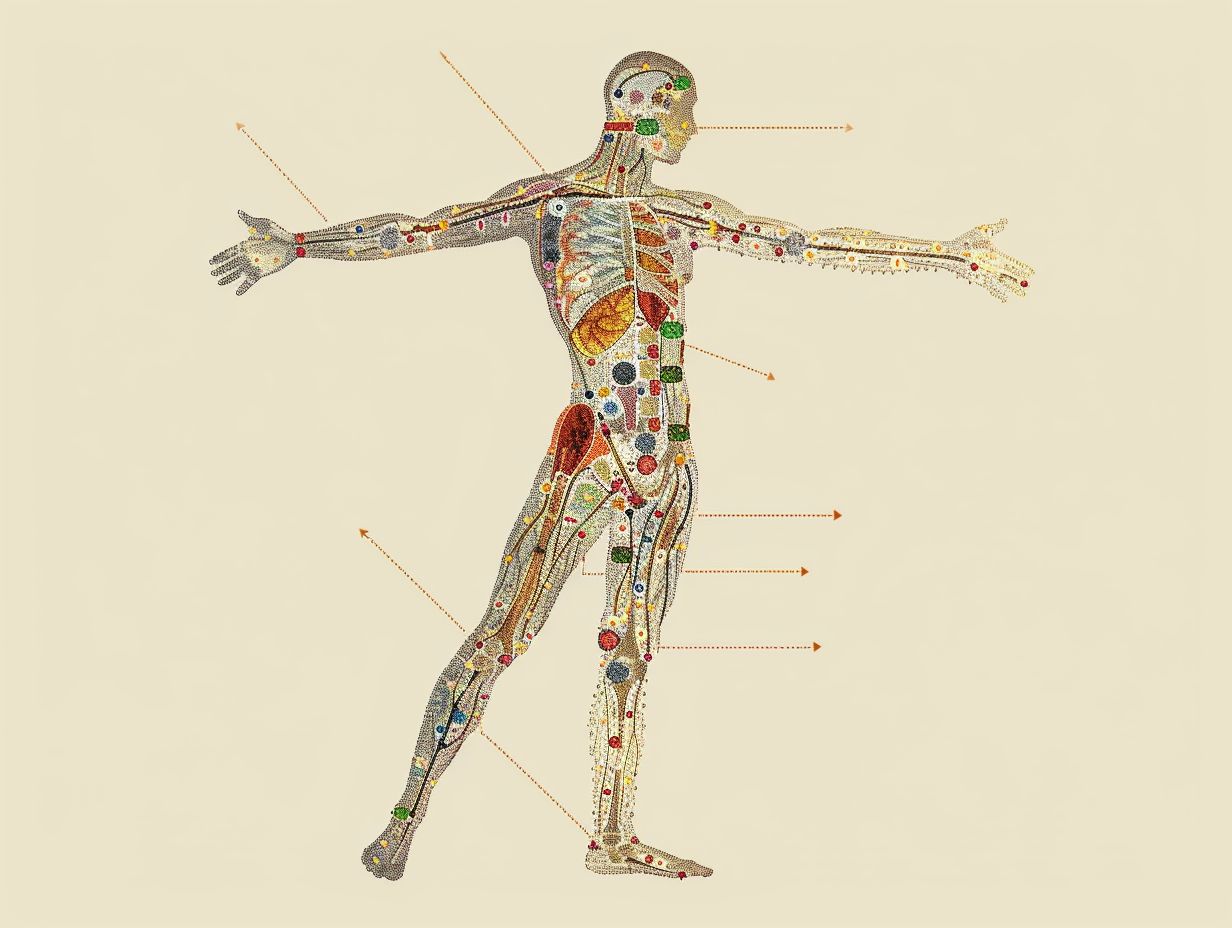
One common method of applying essential oils to pulse points is through direct application. This involves diluting the essential oil with a carrier oil and then gently massaging it onto the pulse points like the wrists, temples, or neck. Inhalation is another effective technique where you can simply inhale the aroma directly from the bottle or use a diffuser to disperse the scent in the air around you.
For a more relaxing experience, try incorporating essential oils into a massage. By combining a few drops of your chosen oils with a carrier oil, you can enjoy a soothing massage on your pulse points. You can also use a compress by adding a few drops of essential oil to a warm compress and applying it to the desired pulse point.
What Are the Different Methods of Applying Essential Oils?
There are various methods of applying essential oils to the body for aromatherapy benefits. These include direct application, inhalation, diffusion, massage, compress, and bath, each offering unique ways to experience the healing properties of essential oils.
Direct application involves applying essential oils directly to the skin, usually diluted with a carrier oil. This method allows the oils to be absorbed into the bloodstream, providing quick relief and therapeutic benefits.
Inhalation, on the other hand, entails breathing in the aromatic vapors of essential oils, which can impact the limbic system for emotional support.
Diffusion uses a diffuser to disperse essential oil particles into the air, creating a calming atmosphere.
For massage, blending essential oils with a carrier oil can provide a relaxing and rejuvenating experience, while a compress involves soaking a cloth in a diluted oil mixture and applying it to the skin for localized relief.
Adding essential oils to a bath can promote relaxation and soothe both the body and mind.
Direct Application
Direct application involves applying essential oils directly to the skin on pulse points or troubled areas. This method allows for quick absorption and targeted delivery of the oils’ therapeutic properties.
When essential oils are applied directly to the skin, they bypass the digestive system and are absorbed into the bloodstream more rapidly, offering almost immediate relief for headaches, muscle tension, or skin irritations. This method also provides localized effects, meaning the oils can work directly on the specific area of concern.
For safe direct application, it is crucial to dilute potent essential oils with a carrier oil to prevent skin irritation. Some suitable carrier oils include coconut, jojoba, or almond oil. Always perform a patch test before widespread application to ensure there are no adverse reactions.
When choosing essential oils for direct application, opt for those with known skin-friendly properties such as lavender, tea tree, or chamomile. These oils are gentle yet effective, making them ideal for topical use on various skin types and concerns.
Inhalation
Inhalation is a popular method of experiencing the benefits of essential oils. By inhaling the aroma directly or through steam, the oils can affect the limbic system and promote relaxation, improved mood, and overall well-being.
Essential oils have the ability to stimulate various reactions within the body when inhaled. When these aromatic molecules reach the nasal passages, they interact with olfactory receptors, sending signals to the brain’s limbic system, which is responsible for processing emotions and memories. This direct pathway can trigger a cascade of effects, including calming the nervous system, reducing stress levels, and even boosting cognitive function.
For optimal benefits, individuals can utilize different inhalation techniques, such as:
- direct inhalation from the bottle
- using a diffuser
- adding a few drops to a bowl of hot water for steam inhalation
For calming effects, lavender, chamomile, and ylang-ylang oils are commonly recommended, while eucalyptus, peppermint, and tea tree oils are ideal for respiratory support and invigorating the senses. Each individual’s response to specific oils may vary, so experimenting with different oils and techniques can help determine the most effective combination for personal well-being.
Diffusion
Diffusion involves dispersing essential oils into the air through devices like diffusers. This method allows for a continuous release of fragrance, creating a restorative and calming atmosphere in the living spaces.
There are various types of diffusers available in the market, such as ultrasonic, nebulizing, evaporative, and heat diffusers. Ultrasonic diffusers use water to disperse a fine mist of essential oils into the air, while nebulizing diffusers break down oils into tiny particles without heat or water, preserving their therapeutic properties.
Diffusion not only freshens the air but also helps in boosting mood, promoting better sleep, and alleviating stress and anxiety. For a relaxing blend, try mixing lavender, chamomile, and bergamot oils. For an energy boost, consider using peppermint, rosemary, and citrus oils.
Massage
Massaging essential oils into the skin is a luxurious way to experience the benefits of aromatherapy. The oils can be blended with carrier oils for a relaxing and therapeutic massage that promotes stress relief, muscle relaxation, and emotional well-being.
When selecting carrier oils for your massage blends, opt for ones that are easily absorbable and have their own benefits for the skin. For example, sweet almond oil is gentle and hydrating, while coconut oil is nourishing and anti-inflammatory.
- Consider the essential oil blends based on the desired effect of the massage. Lavender and chamomile are great for relaxation and sleep, while eucalyptus and peppermint are invigorating and refreshing.
- To enhance the benefits of the massage, ensure you dilute the essential oils properly in a carrier oil, as they are highly concentrated and can cause skin irritation if used undiluted.
Compress
A warm or cold compress infused with essential oils can be applied to pulse points for targeted relief and relaxation. The combination of heat and aromatherapy can soothe sore muscles, reduce inflammation, and enhance overall well-being.
Using compresses with essential oils offers a natural and effective way to alleviate discomfort in specific areas of the body.
For instance, a warm compress with lavender essential oil can promote relaxation, while a cold compress with peppermint oil can help with pain relief and invigoration.
These compress treatments also provide a gentle and holistic approach to wellness, allowing for relaxation, stress reduction, and improved circulation.
By customizing the essential oil blends in your compress, you can tailor the treatment to address your specific needs and preferences.
Bath
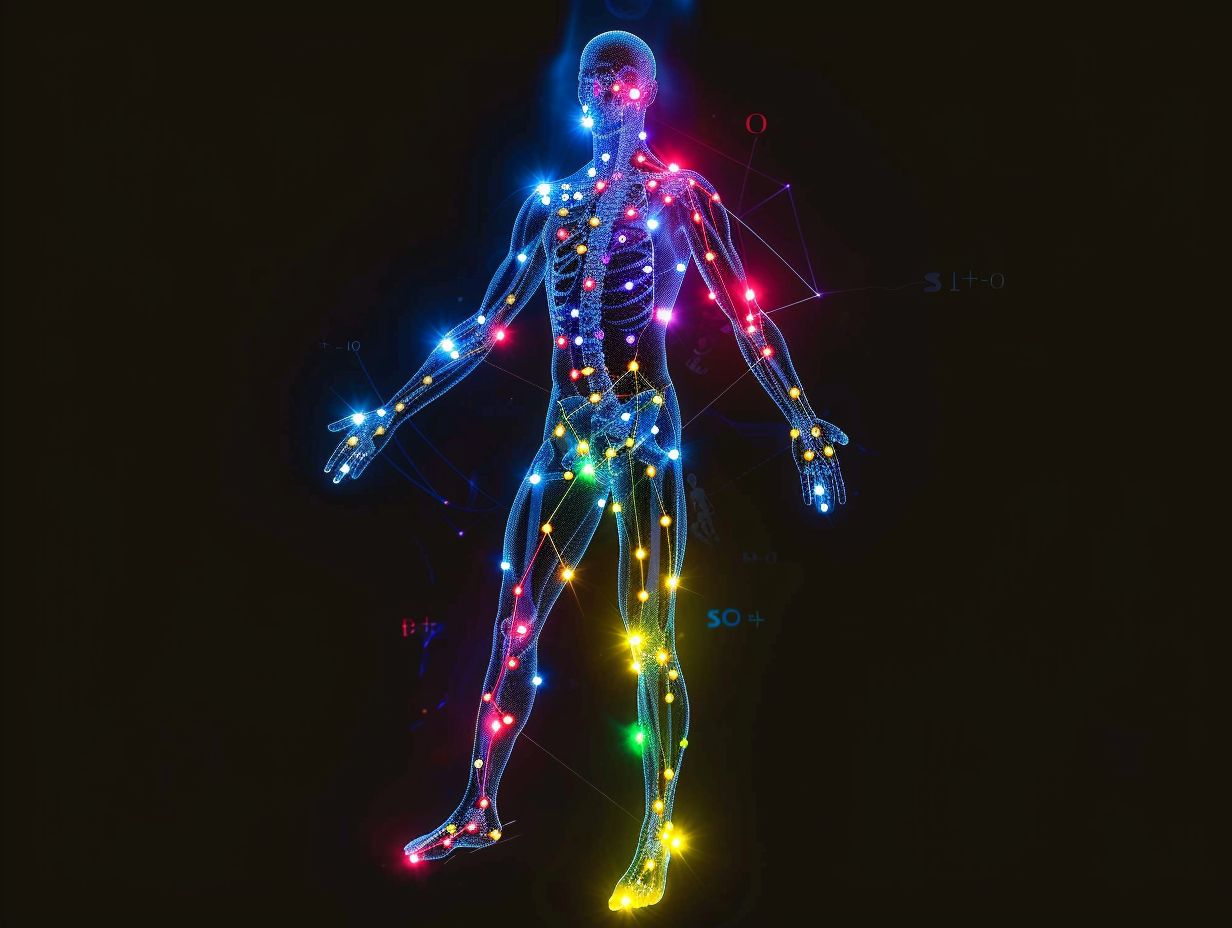
To fully enjoy the benefits of incorporating essential oils into your bath, it’s important to choose the right oils based on their therapeutic properties.
- Lavender oil is renowned for its calming effect, perfect for promoting relaxation and better sleep.
- Peppermint oil can invigorate and refresh the mind, ideal for a morning bath to kickstart your day.
- Eucalyptus oil is great for clearing the sinuses and easing muscle aches, making it a go-to choice for respiratory support and post-workout recovery.
Experimenting with different oils can help you find the perfect blend for your desired mood or health benefit. When adding oils to your bath, remember to mix them with a carrier oil like jojoba or coconut oil to prevent skin irritation. Swirling a few drops of essential oil into the water just before stepping in ensures that the aroma disperses evenly. Allow yourself to unwind in the aromatic embrace of the oils, focusing on deep breathing and letting go of any stress or worries.
The combination of warm water, soothing scents, and the healing properties of essential oils creates a luxurious self-care ritual that nurtures both your body and mind.
Frequently Asked Questions
Where Are Pulse Points for Aromatherapy?
The main pulse points for aromatherapy are located on the wrists, temples, neck, behind the ears, chest, and the soles of the feet.
Why are pulse points important for aromatherapy?
Pulse points are important for aromatherapy because they have a higher concentration of blood vessels, which helps to facilitate the absorption of essential oils into the bloodstream.
Can I apply essential oils directly on pulse points?
Yes, you can apply essential oils directly on pulse points, but it is recommended to dilute them with a carrier oil first to prevent skin irritation.
How do I massage essential oils into pulse points?
When massaging essential oils into pulse points, use gentle circular motions with your fingertips or use a rollerball applicator for easier application.
Which pulse points are best for specific concerns?
The wrists and temples are best for relaxation and stress relief, the neck and behind the ears are best for headaches and tension, the chest is best for respiratory issues, and the soles of the feet are best for overall wellness and grounding.
How often should I apply essential oils to pulse points?
The frequency of applying essential oils to pulse points depends on personal preference, but typically 2-3 times a day is recommended for therapeutic benefits. Always listen to your body and adjust as needed.

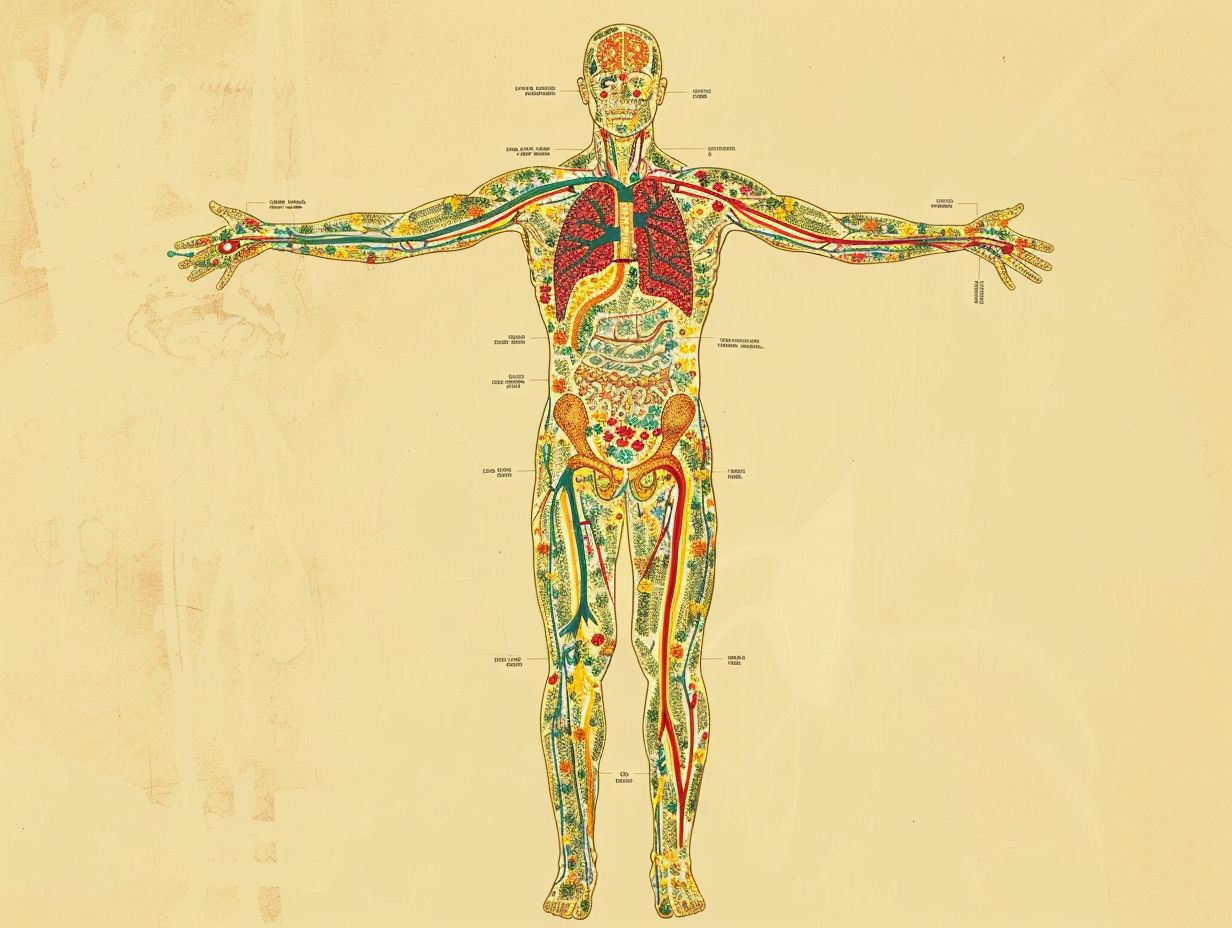
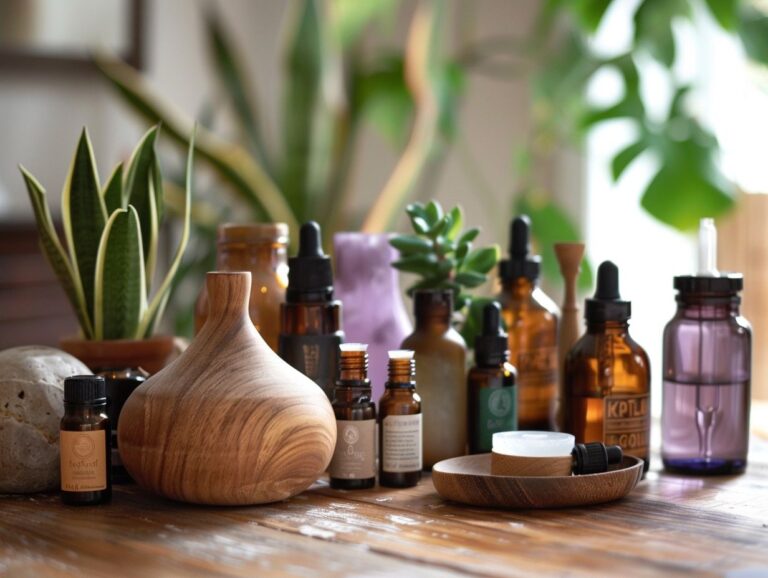
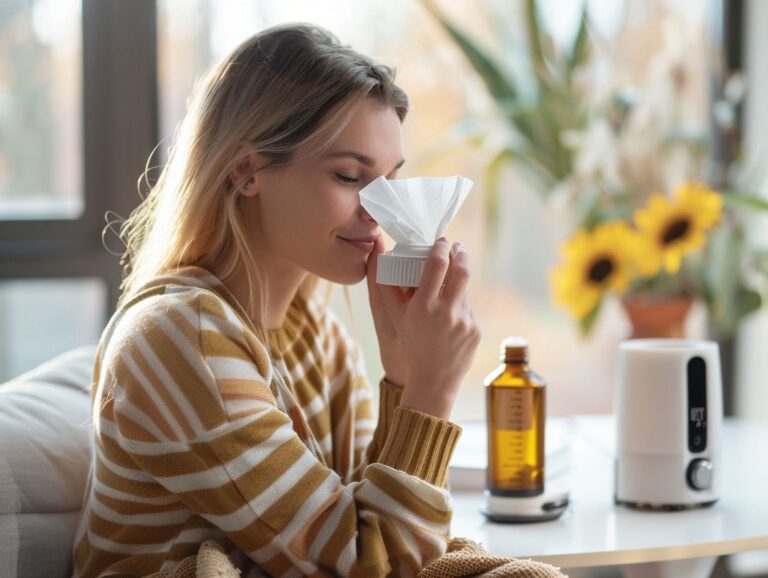
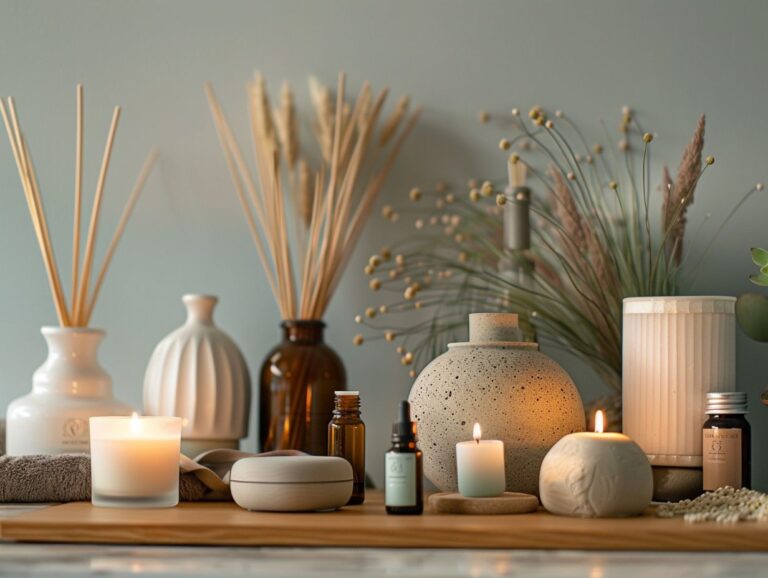
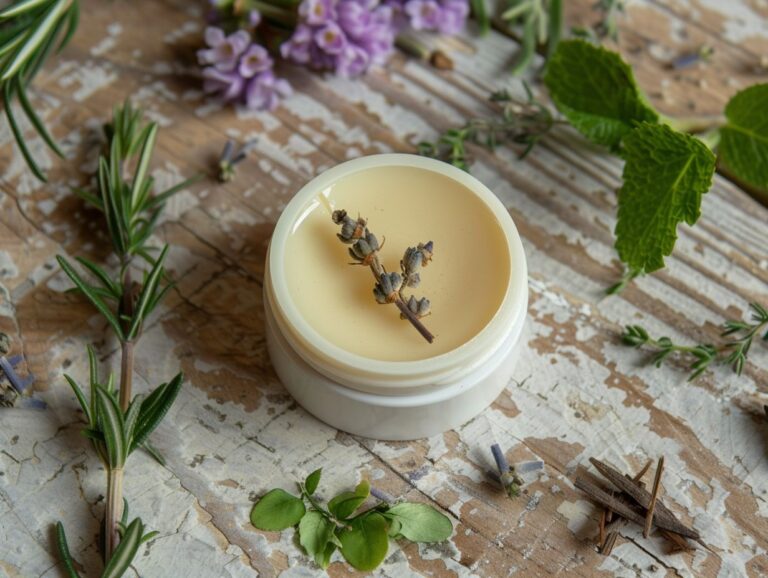
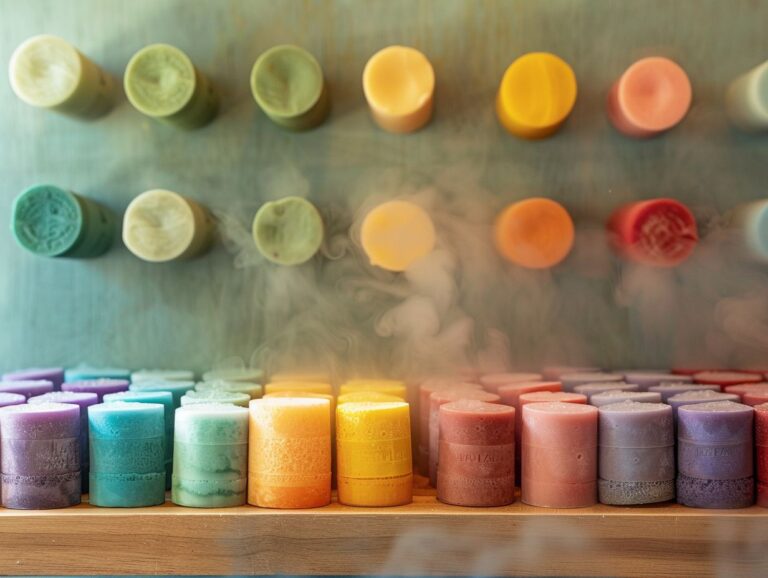

One Comment